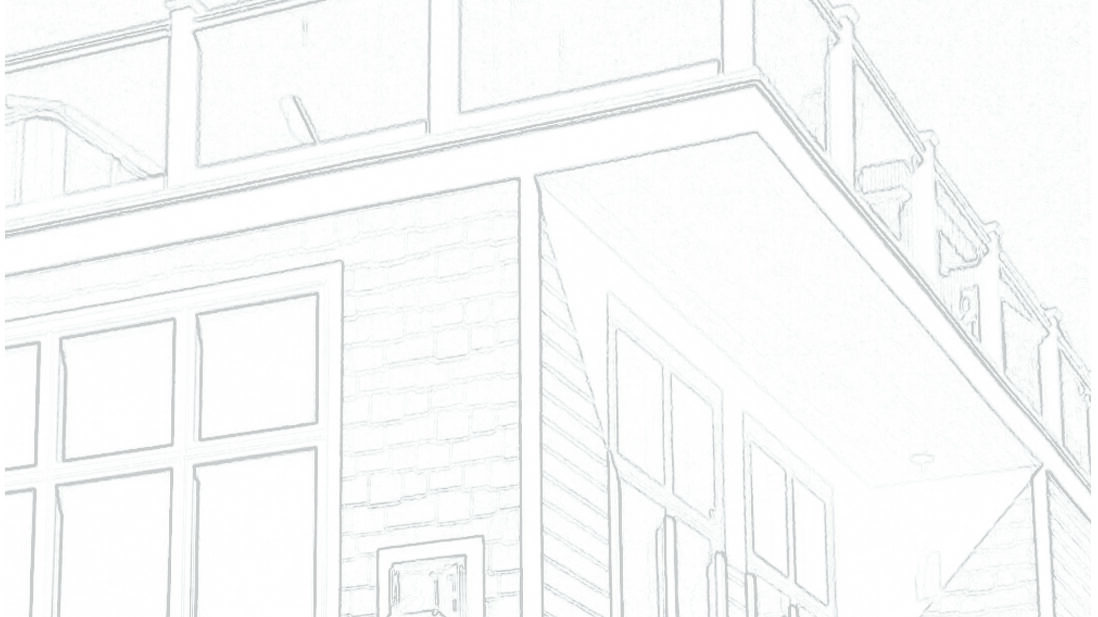How to Have A Successful Design Experience
The key to a successful design experience is actually extremely simple. It’s all about expectations. Having aligned expectations will make sure that you have the best possible experience. These expectations could be with the budget, the skills of your designer, the abilities of your contractor, or the timeline for completion.
Expectations
So, think about your favorite sports team. If you don’t have one, bear with me or skip ahead, I won’t mind. Think about the year they were absolutely stacked and were the preseason favorite to win that championship. They tore through the regular season, got through the playoffs, and then lost in the championship game. Now think about the year they were a bunch of scrappy nobodies who managed to squeeze into the playoffs and won a single upset before being bounced out. At the end of each season, you felt quite a bit different. Falling short of the expectations made that year that they were second feel disappointing. Exceeding them by just barely making the conversation feels exciting and positive.
Applications to Design
This applies to design projects in a very similar way. When the client, architect, or contractor have expectations that are out of line with the project, they end up disappointed. The Sydney Opera House is a great example of expectations not leading to a successful design. The building is now considered a great work of modern architecture and a symbol for the city. However the process of getting it built was so difficult that pretty much everyone involved ended up fired or walking away from the project. It took over a decade to even come up with a method to attempt to build the unique shapes. They cycled through engineers and contractors and in the end, the architect was fired because although he met the expectation of creating a unique structure, the expectations of construction were far out of sync with reality.
Budget Expectations
The most common misaligned expectations are related to budget. Sometimes it’s the design services budget, in which case, the relationship often falls apart quickly. It’s rare that clients who don’t deal with design professionals rarely really have an understanding of what it can cost. A piece of advice for clients, the price of services will vary depending on the complexity of services. Expecting a brand new house for the cost of a master bedroom suite is probably setting yourself up for trouble. You will either end up in a very contentious relationship or you will end up with a design that does not really have enough time and effort put into it. The second situation can be even worse because design is the cheapest time to figure things out and solve problems, so it could actually cost more in the end.
The second most common expectation is the construction costs. Again, clients who are not doing construction often tend to have outdated or optimistic expectations of what construction costs. The best way to handle that is to have frank conversations early on so that either the project can be scaled back to meet the budget expectations, or the budget grows to meet the final product expectations.
It can sometimes help to shop around in both cases. Getting multiple prices for design services or construction can at least verify that the pricing expectations a client may have had up front may have been optimistic. But when someone does shop, they need to be sure that they are getting equal values.
Skill Expectations
And that’s where double checking the skills and abilities of your proposed partners in a design project are critical. Knowing that they have the experience, manpower, or tools to complete the job can be critical. Hiring a single practitioner to handle a 30 million dollar mega church project is probably going to lead to a lot of frustration. Hiring a contractor who has mostly built decks to build a high modern glass masterpiece will do no better. When shopping, be sure to have conversations about the abilities of the proposed partners. Meeting budget expectations may be a sign that they are just as unreasonably optimistic as the client, not that the original prices were unreasonable.
Successful Designs
In the end, a successful design experience requires a ton of communication. Hiding a budget expectation or not exploring someone’s capabilities will lead to surprises. These surprises generally do not lead to a happy experience for the people involved. To avoid having misaligned expections, all parties need honest communication and flexibility and willingness to change when confronted with expert opinions that may differ from your own. With design being such a collaborative field, make sure you’re going into it with people you trust.
